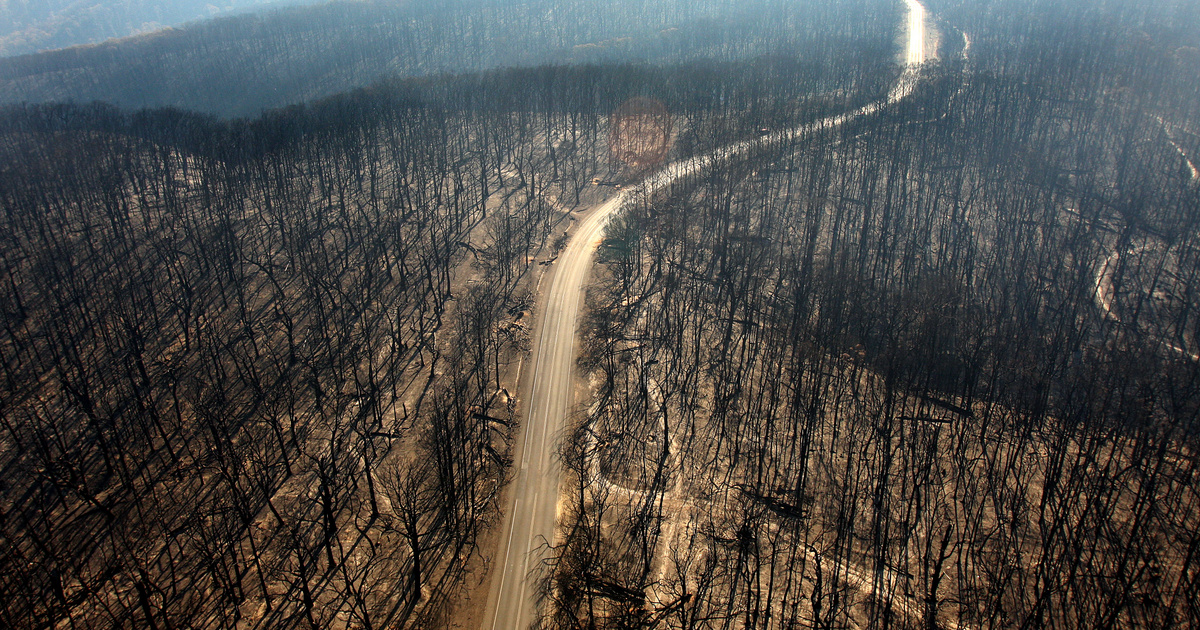According to the latest research, by 2050, 10 percent of wild animals may disappear, by the end of the century, by 2100, almost 30 percent of certain geographical areas. This means that children born today who live to the age of 80 will see thousands of animals virtually disappear in their lifetime, from lizards and frogs to famous mammals such as elephants or kangaroos – he points out in his analysis. Conversation.
Everything and everyone depends on something
In a way, all species are dependent on others, which we may not detect at first glance, but with the elimination of one factor, the connections that exist in the lives of different animal species become apparent. One of the reasons is that if a species goes extinct, it will affect the entire ecosystem in the area.
Think about it: a species that loses its natural habitat, for example due to excessive deforestation.
Species are dying out in the area, which is a tragedy in itself, but if we also take into account that the predators that live there are also losing their prey, a much bigger problem starts to emerge.
– Because they can die without food.
And all this is not just speculation, one of the best examples of this situation is the Australian pygmy opossum (Booramis Parvus) potential destruction. Drought, habitat loss, and other stresses are the main prey animal, the thistle butterfly. (Agrotis infusa) They cause a very rapid population decline, so the pygmy opossum’s food is slowly depleted. Scientists believe that the previous five mass extinction events (mass extinction event) Perhaps one of their first driving forces was similar, the so-called mass extinctions.
Even scientists have considered themselves
Using one of the fastest supercomputers in Europe, the scientists behind the research have created a virtual model of Earth containing more than 15,000 interconnected food webs. To this they added information about projected climate change and land use degradation (such as deforestation) and then asked the computer to calculate biodiversity loss through the end of the 21st century.
The model calculated that the average global temperature rise would be 2.4°C by 2050 and 4.4°C by 2100. If this scenario were to materialize, terrestrial ecosystems around the world would
By 2050, an average of 10 percent of current animal diversity will be lost – but that number could rise to 27 percent by 2100.
Scientists drew attention to the fact that previous predictions were overly optimistic, compared to current predictions, because they did not take into account the possibility of mass extinctions, but only focused on individual extinctions. Species at the top of the food chain (such as carnivores and omnivores) are most at risk, as they are most affected by the loss associated with mass extinctions, mainly due to the loss of prey.
In the supercomputer analysis, the scientists also looked at the areas where biodiversity will decline most in the future. It is not surprising that the areas most at risk are those that are already receiving special attention today: they include, for example, the Cape Florest region in southwestern Australia and South Africa. This is because the erosion of species-rich food webs makes biological communities more sensitive to future shocks.
The full study Click here You can read it.
All is not lost
Various environmental organizations and activists work every day to ensure that the above does not happen. For example, if we can achieve a path of lower carbon dioxide emissions that limits global warming to less than 3°C by the end of the century, we can limit biodiversity loss to “only” 13 percent instead of 27 percent – and that would mean thousands of lives saved. species.
As previously mentioned by index mentionedMany large US corporations have already committed themselves to protecting the environment. For example, Apple has pledged to become 100 percent carbon neutral by 2030, while Redmond-based Microsoft has also done so. Works with steam power on how to make their operations greener.
(Cover photo: Földút was injured by a forest fire in a former forest on February 12, 2009 in Kinglake, Australia. Photo: Luis Ascui/Getty Images)












































